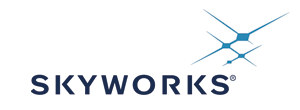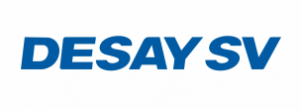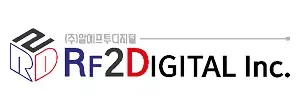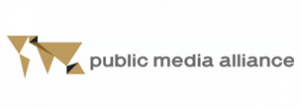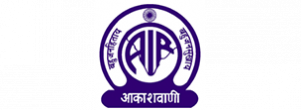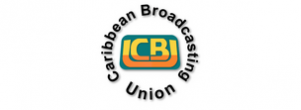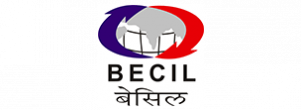Press Release
The international, not-for-profit DRM Consortium has just concluded the demonstration and trial of the DRM digital radio standard in the FM band (VHF band-II) in New Delhi and Jaipur on March 22nd. It was highly successful and generated a lot of interest.
The overwhelming success of the trial, which had started on February 24th, was registered in all the aspects required by Prasar Bharati (All India Radio): extensive features allowing radio innovation for broadcasters and listeners, excellent coverage, flexibility, spectrum and power efficiency, and proven CTI spectrum compliance.
In Delhi, the trial demonstrated excellent results when transmitting a single DRM signal, multiple pure digital DRM signals side-by-side from the same transmitter (“Multi-DRM” configuration), and also using DRM’s simulcast option by putting on air both an analogue FM and a digital DRM signal from a single transmitter.
The Multi-DRM option proves DRM’s highly economic potential when it comes to frequency and equipment upgrades: A single FM-band transmitter with a bandwidth of 600 kHz can transmit 6 independent DRM signals (blocks) carrying up to 24 DRM services, e.g. 18 audio and 6 multimedia services. These can represent up to 6 independent broadcasters who remain in full control over their individual content and signal configuration.
In Jaipur, the DRM Consortium showed on a separate antenna on the same tower for the first time in a live on-air environment, how Multi-DRM configurations with 4 and even 5 DRM blocks (each capable of carrying up to 3 audio services and one multimedia service like Journaline), can perfectly and efficiently use the white-spaces in-between two existing analogue FM services, while not affecting the reception of those ongoing FM services at all.
DRM services can be broadcast from the same ‘Common Technical Platform’ (CTI) in use today, housing multiple FM transmitters with a shared site and antenna. However, DRM takes this concept a step further by also turning the FM-band transmitter itself into a shared resource. This approach, ideal for the quickest introduction of digital services in the FM band without affecting the existing analogue services, not only minimises the one-time equipment investment for broadcasters in addition to the significant power cost savings. It also opens the door, for example, for public broadcasters to provide many regional services across the country from every local transmitter site by installing a single FM-band transmitter.
The trial in India proved the excellent expertise, cooperation and support of the DRM Consortium, whose 100 members’ aim is to promote the only digital radio standard to upgrade existing AM and FM band services while maintaining established industry business models and regulatory aspects. Key Indian and international companies giving their full support to the trial included: Fraunhofer IIS, Nautel, NXP, RFmondial, Technomedia, BECIL and the DRM Indian Platform, along with various receiver manufacturers and automotive Tier-1s.
During the demonstration, DRM clearly showcased that the DRM standard, used in the FM band is backward compatible and receiver ecosystem for both AM and FM band services, is ready for India’s mass market, based in the in-country know-how build-up and chipset design and production over the past years, which in turn is enabled by DRM being an open standard with all specifications published. Even DRM receiver models made in China today are based on Indian technology and DRM chipsets.
The DRM receivers in operation during the trial all supported DRM in both AM and FM bands. They comprised car receivers (line-fit and customer installed receiver upgrades), DRM reception on mobile phones and tablets, portable and desktop radios, as well as professional monitoring receivers.
With regards to car receivers, the trial was supported by companies like Mobis (Hyundai demo car), Harman (Maruti-Suzuki demo car), Starwaves’ “India CarBox Radio” (customer installed car radio upgrade solution) and the whole DRM Automotive India Group. The DRM Automotive India Group, a recently launched industry representation body to help with the DRM roll-out, has already requested Prasar Bharati, All India Radio (AIR) and the government to support DRM in-car radios for both AM and FM band services, as the upgrade of existing car receivers to support DRM in FM band is a mere firmware upgrade without requiring redesigns or hardware changes. Therefore, DRM is perfectly positioned to quickly roll-out FM-band support by building on the over 2.5 million cars already deployed in India with DRM fitted receivers today.
Also proven was DRM’s capability to being received on off-the-shelf Android phones deployed in India today by the billions, thanks to the Fraunhofer DRM MultimediaPlayer Radio App. DRM made the point that existing phone owners can easily upgrade their devices without the need to immediately buying new models, simply by attaching an external off-the-shelf dongle. The same dongle can also be used with tablets, laptops and desktop PCs to receive radio services, in all broadcast bands, not only in analogue but in DRM digital. too. The user-friendly radio handling, low battery consumption and stellar reception sensitivity of such solutions was demonstrated.
For the future deployment in India, native support of DRM FM-band reception is easily possible on all phones supporting analogue FM reception today by way of a simple firmware upgrade, without requiring manufacturers to add hardware components or carry out costly re‑designs. In addition, the superior xHE-AAC audio codec in use by DRM is already a default feature of all major mobile phone platforms, saving manufacturers IP royalty payments.
In both Delhi and Jaipur, a variety of portable and mobile DRM receivers checked the excellent performance of DRM in all configurations and at impressive distances from the transmitter. The broad variety of receiver types included a range of models of the Gospell 216 and the GR-22x series, the Starwaves DRM Stereo Radio Receiver W293, as well as multiple RFmondial RF-SE professional monitoring receivers.
Today, DRM has been adopted in India for successfully digitizing the AM bands. Extending the same global, open, non-proprietary DRM standard to the FM-band will not only save manufacturers enormous cost (as there is NO additional IP royalties) and lead to more affordable receivers for India. It will also create new revenue opportunities for commercial broadcasters, thanks to the option for multiple audio programmes and the Journaline advanced and interactive text feature. DRM in the FM band will also bring significant distribution and energy cost savings for better coverage, given that a single DRM transmitter can broadcast the DRM signals of multiple broadcasters and thus become a part of the cost-shared CTI infrastructure. In addition, DRM proved it can be introduced in the otherwise unusable frequency gaps between existing analogue FM services, while not affecting those FM services or their coverage at all.
The DRM Consortium is thankful for their great cooperation to All India Radio experts and staff and to all those who have made this highly successful, high-tech and ultra-efficient trial possible. It urges the Indian government to extend the use of the single DRM standard as the common solution for all radio bands in India: for maximum manufacturing efficiency and receiver penetration, for best-in-class features and coverage efficiency, for full support of the Indian automotive industry, and for building on the DRM know-how, expertise and manufacturing industries built-up in India over the past years for a speedy digitisation of the FM band.
For more information on DRM and how to get involved in the work of the Platform please go to: www.drm.org.
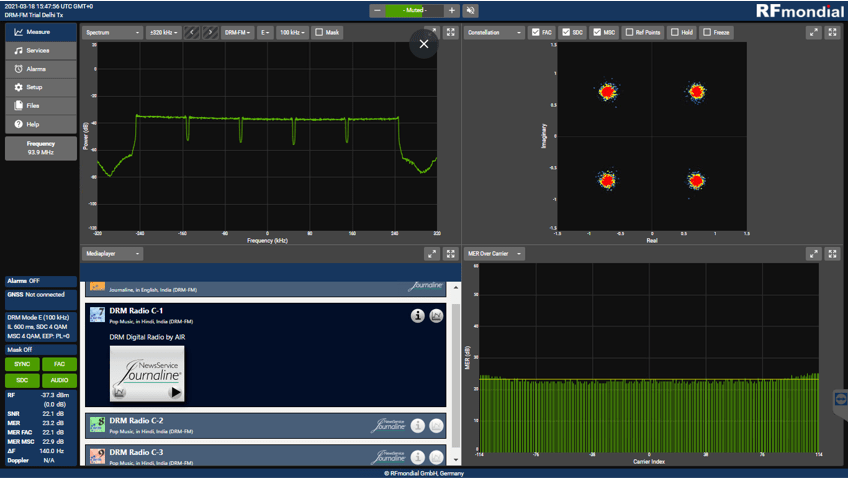
5x Multi-DRM signal as shown in Jaipur in-between two high-power analogue FM services
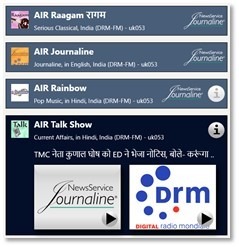
Basic DRM transmission with 3 audio services +Jounaline and slideshow (with station logos and Unicode support)
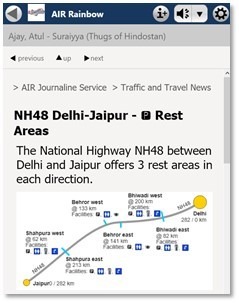
DRM provides drivers with traffic and travel information
About DRM
Digital Radio Mondiale™ (DRM) is the universal, openly standardised digital radio system for all broadcasting frequencies and coverage needs.
DRM on short, medium and long wave up to 30 MHz provides for the efficient coverage in large areas with at least FM quality, while significantly reducing power consumption. DRM in the FM & VHF bands above 30 MHz enables flexible local and regional broadcaster-controlled services, with up to 3 stereo audio programmes plus multimedia components in half the bandwidth of a single analogue FM signal.
Advanced radio functionality thanks to DRM comprises: More services based on the highly efficient audio codec MPEG xHE-AAC and free-to-air Journaline multi-lingual text information, detailed service signalling, service linking (including to analogue AM/FM services) and DRM EWF – Emergency Warning Functionality. Enhanced DRM features include native Unicode support, station logos via SPI, Slideshow images and traffic and travel information.
The DRM Consortium was awarded by ITU for its outstanding contribution to the Telecommunications sector over the past years and has signed the EBU Smart Radio Memorandum that promotes access to free to air radio on all devices.
For more information and DRM updates please contact pressoffice@drm.org.
Go to newsletters to subscribe to the general DRM newsletter or the special India Noticeboard with all the latest DRM news.
Watch the latest DRM video “From Broadcaster to Listener” (https://www.youtube.com/watch?v=V-DpTa5yU28)


